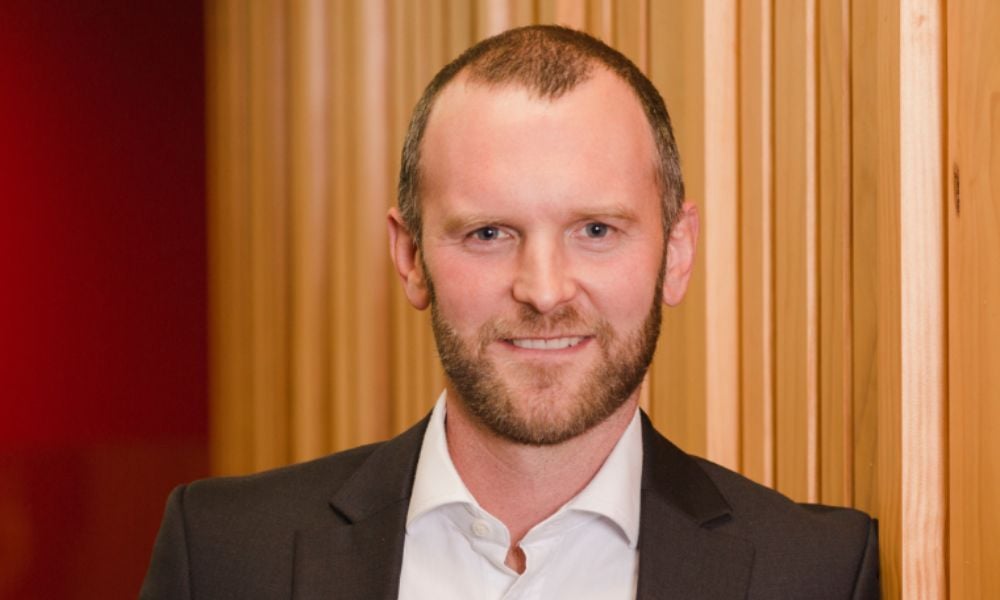Construction costs climb, but inflation and sentiment subdued

New Zealand’s residential construction costs edged up in the June 2025 quarter, but growth remains modest and below historical averages, according to Cotality’s latest Cordell Construction Cost Index (CCCI).
The index rose by 0.6% in Q2, up from 0.3% in Q1, while annual construction cost growth reached 2.7% – the highest since Q3 2023. However, experts say this slight acceleration reflects statistical base effects rather than a renewed wave of inflation.
The moderate cost increase follows a broader recovery in construction activity, with Stats NZ reporting a 0.5% rise in construction GDP in Q1 2025 – the sector’s first quarterly gain since late 2023. Residential building led the lift, with a 2.6% jump in output.
Annual growth lift driven by technicality
Cotality chief property economist Kelvin Davidson (pictured) said the uptick was worth noting, but broader cost pressures remain in check.
“Although the annual growth rate has nudged higher, it’s important to recognise this is more about base effects than any significant reacceleration,” Davidson said in a media release.
“At 2.7%, annual cost growth is still well below the long-term average of 4.2%, and a far cry from the COVID-era peak of 10.4% in late 2022. Overall, construction cost pressures remain contained.”
Falling consents help ease pressure on wages, materials
Davidson said a slowdown in residential building activity has helped relieve pressure on the industry’s core cost drivers.
“New dwelling consents have dropped from more than 51,000 in the year to May 2022 to fewer than 34,000 now,” he said. “That decline has taken the heat off both wages – which account for around 40% of the CCCI – and material costs, which represent roughly 50%.”
Despite a 3.3% quarterly rise in building consents, Stats NZ noted annual volumes remain well below previous highs, suggesting a slow recovery.
Product prices mixed as market normalises
The CCCI data showed a more nuanced pricing environment, with specific materials seeing increases or declines based on demand.
Weatherboard cladding posted a 6% price rise in the June quarter, while decking timber and ceiling batts each dropped by 1%.
“Cost movements are now being driven by specific supply and demand dynamics rather than broad-based inflation,” Davidson said. “We're seeing more nuanced and patchy shifts that reflect a normalising market.”
Elevated costs still a hurdle for new projects
While runaway cost inflation has cooled, Davidson cautioned that overall build costs remain high enough to deter some new activity.
“Households can be more confident costs won’t run away during a project, but the total cost to build remains a hurdle,” the Cotality economist said. “With ample existing stock on the market, builders may still face challenges attracting new projects in the short term.”
This is reflected in subdued business sentiment, with NZIER reporting that builders were the “least upbeat” sector in its latest survey – just 3% expect economic conditions to improve.
Outlook: Gradual lift likely, but no 2022 repeat
Davidson said factors such as positive population growth, eased mortgage rates, and favourable loan restrictions could support a modest pickup in activity.
“Population growth is still positive, mortgage rates have eased, and regulatory settings around loan-to-value and debt-to-income ratios continue to favour new-builds,” he said. “As the broader economy recovers, the construction sector should follow.
“Cost growth may well have bottomed out, with some renewed upward pressure possible in 2026. But a return to the double-digit growth rates of 2022 seems unlikely.”



